Rheingold suggests that “somnambulism” (or sleepwalking) is a key factor in technological politics. “decisions are made because decision makers are asleep.” In other word, we have to be awake, to examine the potential impact of new technologies. “benefits may cause an awake person to pretend to be asleep.”
What do we need to know to design, deploy, control, and live humanely with the tools we are creating?”
knowledge of design principles:user-centered design, and human-computer interaction is crucial to ensure that the tools are intuitive, efficient, and inclusive.
Ethical considerations and responsible technology practices: is necessary to uphold human rights, privacy, and fairness while avoiding biases and unintended consequences.
Data management, privacy security, and compliance: ensures the protection of user data and the secure functioning of the tools.
Before adapting a new New technologies must undergo multiple tests before being put into use. Institutions should approach the adoption of new technologies from the perspective of users, considering whether the technology can genuinely address their needs and anticipate any potential challenges they may encounter during usage.
Before implementing new teaching tools or methods in their own practice, teachers should carefully consider several factors. Firstly, they should clearly define the teaching objectives and learning outcomes that the new tool or method aims to achieve, ensuring consistency with the curriculum and educational objectives. The applicability of evaluation tools or methods to specific content, themes, and teaching environments is crucial. Understanding students’ needs, preferences and Learning styles is important for catering to diverse learners and creating an inclusive environment. Both teachers and students should receive sufficient training and support resources to promote the effective integration and utilization of new tools or methods. Assessing technical requirements, assessing infrastructure compatibility, and ensuring reliable and accessible technologies are key considerations. Planning evaluation and evaluation, managing time and resources, and addressing ethical issues contribute to successful implementation. By considering these factors, teachers can strengthen teaching practice, promote student participation, and achieve expected learning outcomes.
Reflection
I choose this topic because nowadays, there are many new technologies and methods of learning appear, which need to adapt the market and to be adapted by the users.When institutions introduce new technologies and teachers use them for teaching activities, they should also consider the long-term impact of this technology on education. ChatGPT, as an example, some institutions advocate for prohibiting students from using it. While others encourage students to use it as long as they give proper citations.
I believe that students should actively embrace the emergence of new technologies and learn to harness its advantages because the development of technology is inevitable, and we should find ways to benefit from it.
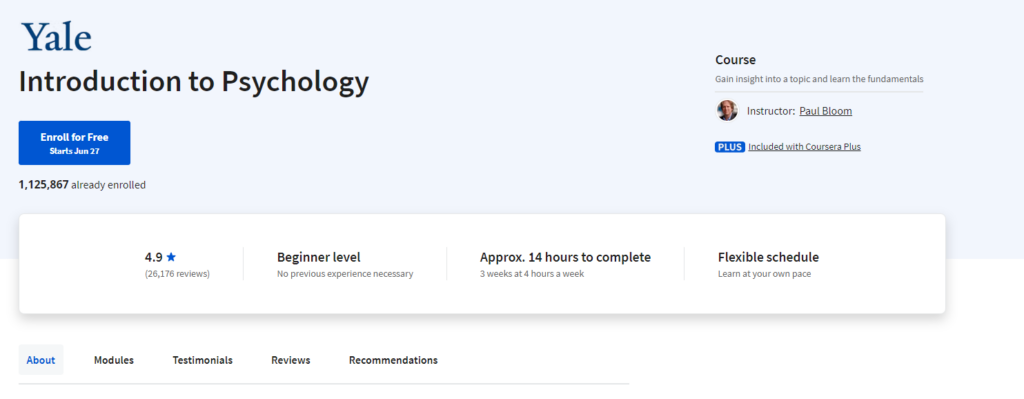
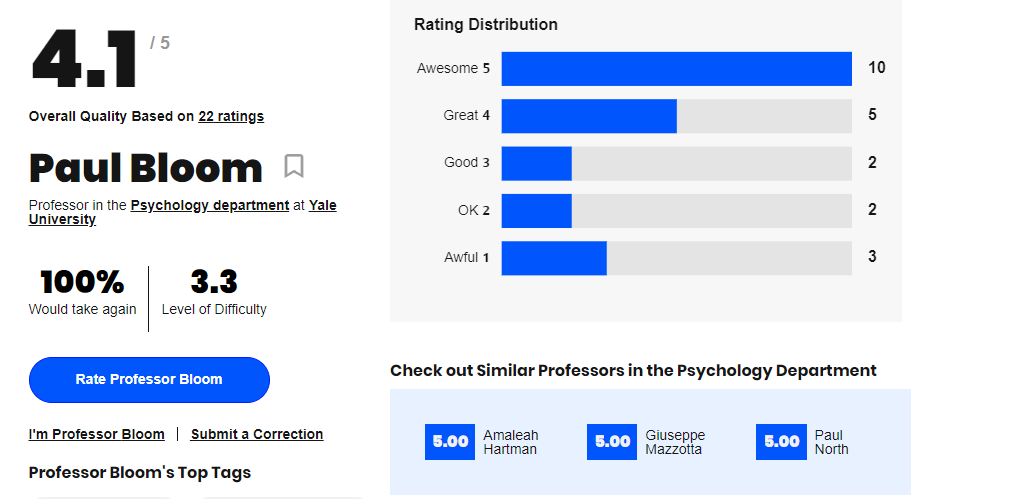

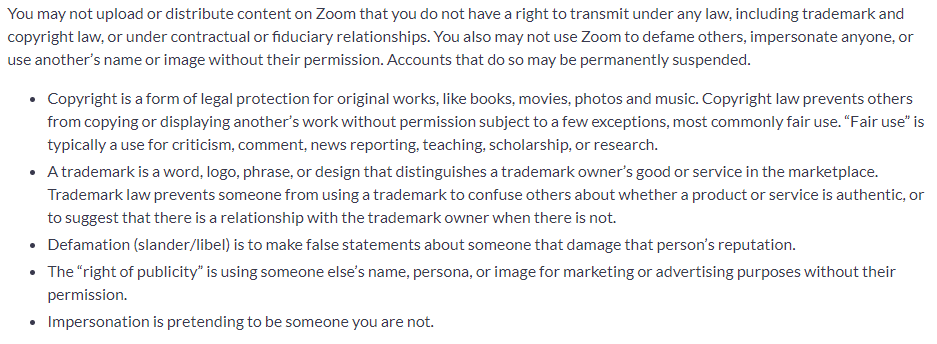

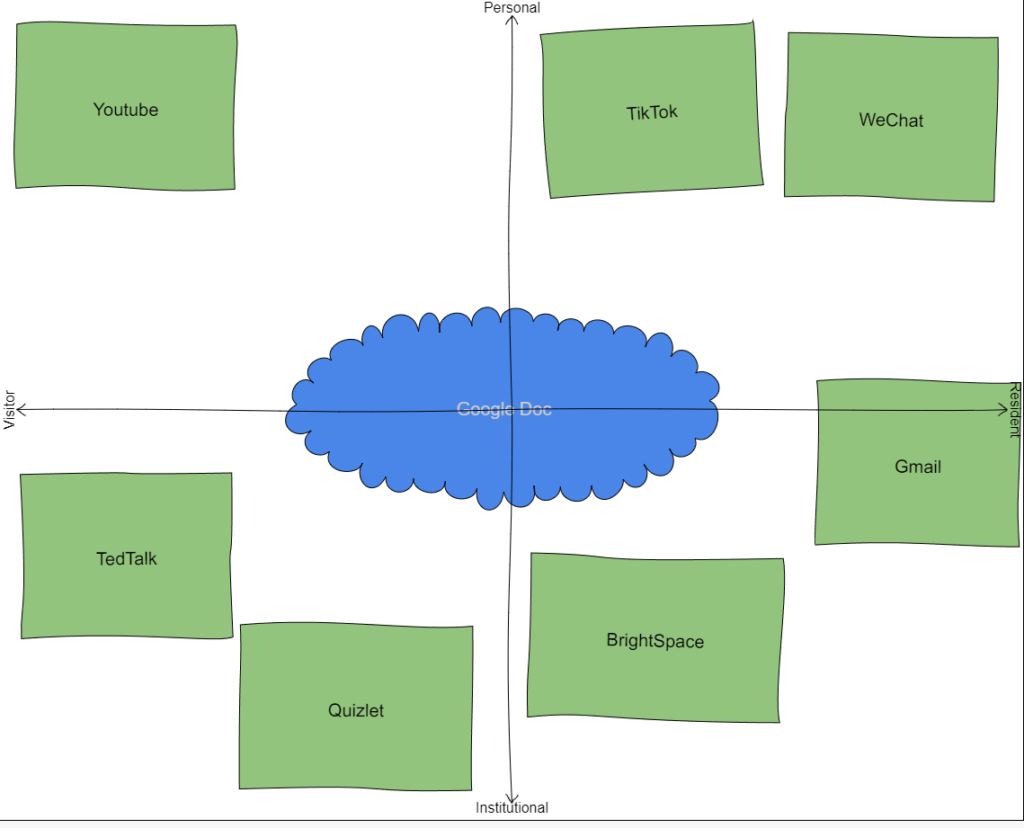
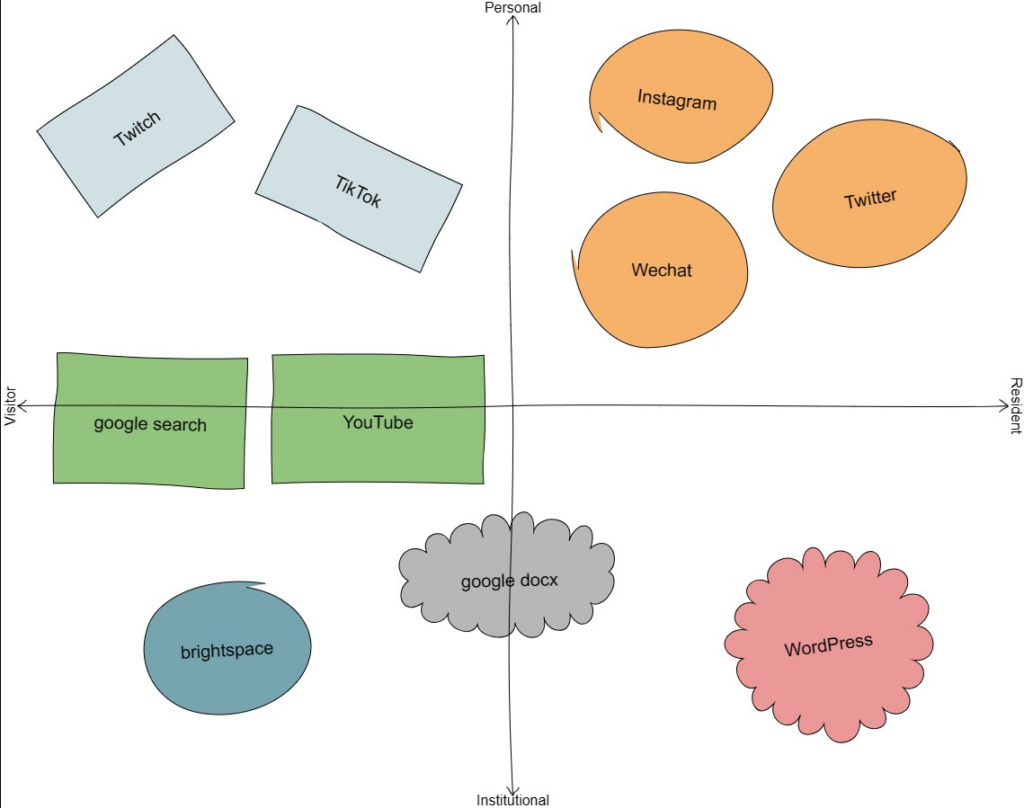
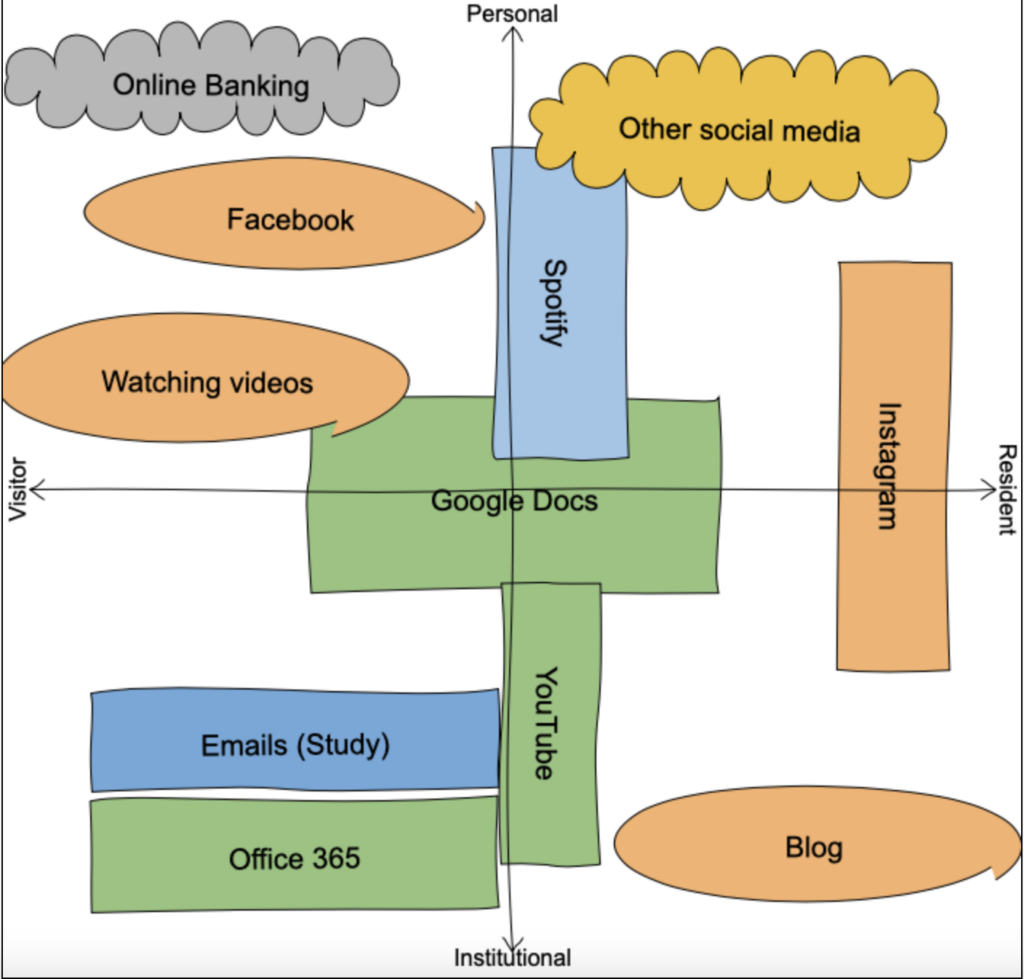
Recent Comments